A visit to New York Harbor School on Governors Island
Bill Dennison ·A team from the Integration and Application Network stopped off at New York Harbor School for a visit and quick tour. Getting there was part of the fun, as we drove right by the newly completed One World Trade Center, towering over lower Manhattan. We parked down near the Battery and boarded a ferry that left from a pier adjacent to the Staten Island Ferry. The small Governors Island ferry moors at the northern end of the island, which is shaped like an ice cream cone. Harbor School utilizes one of the buildings that the U.S. Coast Guard had occupied for thirty years (1966-1996) after the U.S. Army left the island after occupying it for nearly two hundred years (1783-1996).
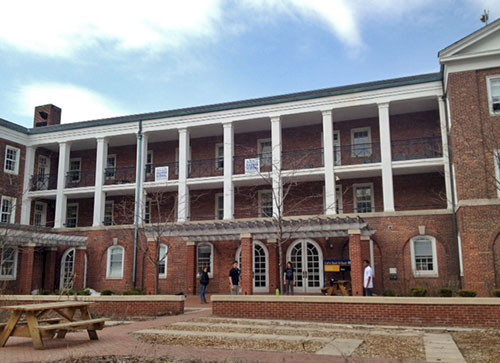
The southern, cone side of the island is designated as a National Monument and is administered by the U.S. National Park Service. We could see large scale tree plantings on this former landfill. The northern, ice cream side of the island has an old fortifications, including Fort Jay which we walked through and is administered by the City of New York.
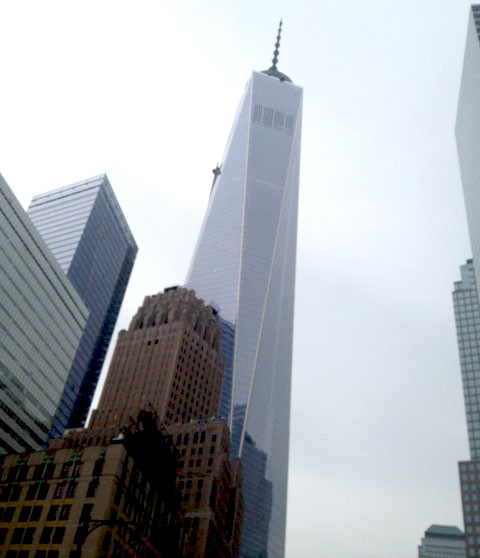
There are many large brick buildings on Governors Island, including the massive Liggett Hall, which is three city blocks long and four stories tall. It was incongruous to see so many large unoccupied buildings when we could look over to the Manhattan or Brooklyn skylines at some of the highest priced real estate in the world.
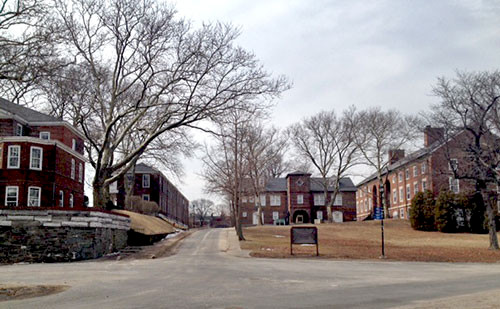
We were able to view some damage from Hurricane Sandy on Governors Island. We could see a section of missing fence from when some containers on the wharf at Red Hook, Brooklyn across the narrow Buttermilk channel from Governors Island were lifted up by the storm surge and floated over to Governors Island.
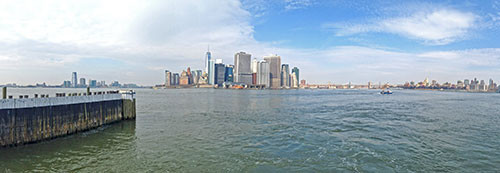
We saw a diverse student body working on various maritime projects, including oyster aquaculture, boat building, boat operations and marine science. We also saw where the Harbor School is gearing up to develop a restored oyster reef, complete with underwater webcams and various water quality sensors. The setting of the school is quite breathtaking, with a view of One World Trade Center from every vantage point, boat traffic in the harbor, and the Statute of Liberty and Ellis Island just across the harbor. It is pretty amazing that New York City kids can ride a ferry to attend school on an island every day.


The other great view we had was of the Brooklyn Bridge over the East River, separating Manhattan from Brooklyn. Bill Nuttle and I enjoyed walking across the Roebling Bridge over the Ohio River in Cincinnati last December, which was the 'warm-up' massive construction project of the late 19th century for construction of the Brooklyn Bridge. Both of these massive suspension bridges built by the Roeblings form graceful spans over large, busy waterways.
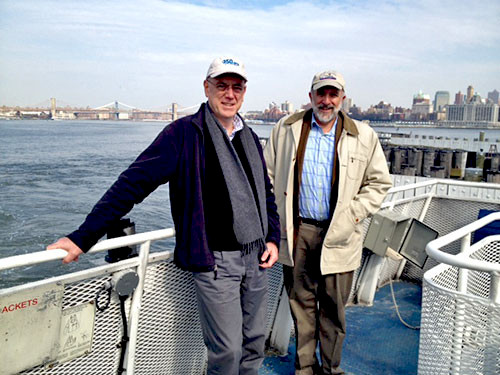
IAN plans to team up with the Harbor School to help them develop a web 'dashboard' to integrate the various data streams that they are creating with their faculty and students. The young, motivated faculty and their students will be fun to work with and I look forward to this project in the heart of New York City.
About the author
Bill Dennison

Dr. Bill Dennison is a Professor of Marine Science and Vice President for Science Application at the University of Maryland Center for Environmental Science.